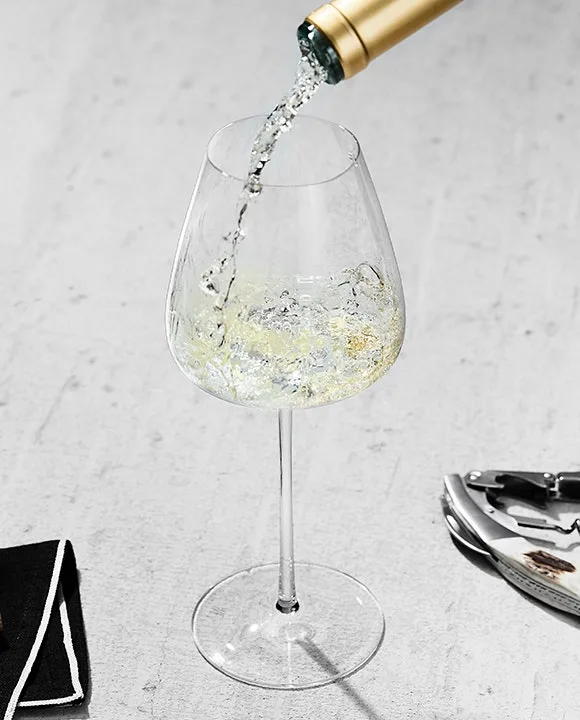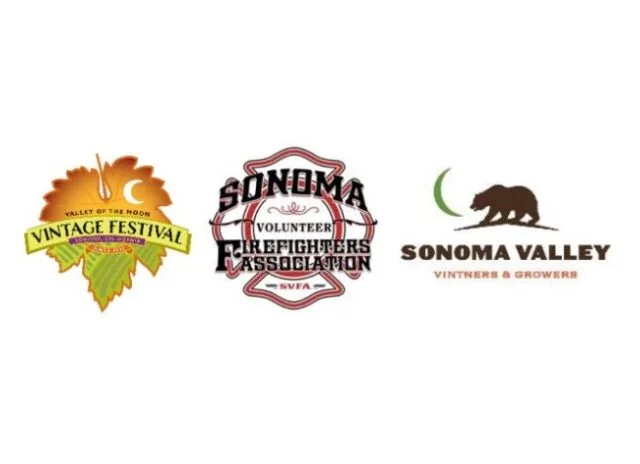As the Danube meanders its way east toward Vienna, it unveils the spectacular scenery of the terraced vineyards of the Wachau Valley. Celebrated for its winemaking traditions, the region has played a pivotal role in putting Austria on the global wine map for more than 30 years. However, lately one could raise questions about Wachau’s ability to adapt.
Last year marked the 40th anniversary of Vinea Wachau, one of Austria’s leading regional winegrowers’ organizations, which shaped the region as we know it. This milestone served as a reminder of the times Grüner Veltliner and Riesling from Wachau were the primary Austrian wines sought after in the United States.
The organization was founded in 1983 as a response to the Austrian wine industry’s heavy reliance on mechanization and quantity—an approach incompatible with the steep and inaccessible vineyards of Wachau. To justify the higher prices required, forward-thinking growers came together, establishing quality standards that set Wachau apart.
The organization, nearly 200 members strong today, led the way for at least two decades, showing how to protect origin, boost quality and market wines internationally. Their efforts also contributed to preserving the historic terraced vineyards and dry-stone walls, earning the region recognition as a UNESCO World Cultural Heritage site in 2000.
Consumer preferences have shifted toward lighter wines, reflecting larger trends. Wachau’s hierarchy of quality, established 40 years ago by Vinea Wachau, does not align with these evolving tastes. In a warming climate, where Austrian vineyards are not struggling to ripen grapes, a
This Article was originally published on Wine Enthusiast





